THE ASAHI SHIMBUN
April 7, 2025 at 07:00 JST
Ten years after the Hokuriku Shinkansen Line opened its Nagano-Kanazawa extension, sightseeing spots along the line are bustling with tourists from home and abroad.
Today, further efforts are being made to attract more visitors.
The Hokuriku Shinkansen Line celebrated the 10th anniversary of the opening of its Nagano-Kanazawa section on March 14.
Two days later, it also celebrated the first anniversary of the opening of the extension that connects Kanazawa and Tsuruga stations, with the latter located in Fukui Prefecture.
Amid the celebrations, one sightseeing area has been less fortunate, as the bullet train line also has cast a shadow over it after a limited express service on a conventional line was discontinued.
TWOFOLD INCREASE
One of the most significant changes in the past decade is an increase of foreign visitors.
It is common to hear not only English, Chinese and Korean but also Thai and Hindi spoken at the Kanazawa Castle ruins and in the Korinbo downtown area in Kanazawa.
According to preliminary figures from a Japan Tourism Agency survey, the number of overnight stays by foreign tourists in Ishikawa Prefecture hit a record high of about 2.279 million in 2024, up about 2.2 times from a year earlier.
“Foreign visitors who previously came from Tokyo via Nagoya now come directly to Kanazawa after the opening of the Shinkansen,” said an official with the prefectural government’s international tourism section. “A ‘golden route’ is formed for those heading to Kyoto and Osaka to stop by at Kanazawa.”
Hakuichi Co., a gold leaf maker based in the prefectural capital, offered soft serve ice cream coated with gold leaves for a limited time to celebrate the opening of the Shinkansen line 10 years ago.
It has become one of the city’s staple treats.
For Hakuichi, the new bullet train service also brings designers and other professionals from the Tokyo metropolitan area to develop new products together on site, a public relations representative said.
It was feared that the opening of the Hokuriku Shinkansen Line would trigger the so-called “straw effect,” in which human resources are sucked up into the metropolitan area.
“In reality, it is the other way around and people are coming from the metropolitan area,” said Kazuyuki Iida, research manager at the Development Bank of Japan Inc.’s Hokuriku branch.
Meanwhile, there is also a sightseeing area left struggling in Ishikawa Prefecture.
The Thunderbird limited express service connecting the Wakura Onsen resort in Nanao on the Noto Peninsula with Osaka ended a year ago when the Hokuriku Shinkansen Line was extended to Tsuruga. Passengers now have to transfer twice at the Tsuruga and Kanazawa stations to get to the hot spring resort from Osaka.
Of 21 facilities affiliated with a ryokan inn association that suffered damage during the Noto Peninsula earthquake on Jan. 1, 2024, only four resumed operations in the same year.
“I needed an incentive to make the decision to rebuild it,” said an inn operator in her 70s who decided to tear down her quake-damaged building. “It is a blow not to have the Thunderbird come. Kanazawa is the sole winner in the current situation.”
VISITOR BOOM IN FUKUI
The extension to Tsuruga in March 2024 also helped promote tourism in Fukui Prefecture.
According to an analysis of smartphone location data by the prefectural government, the number of foreign visitors who spent at least 30 minutes in the prefecture in 2024 increased almost threefold from the previous year.
The number of visitors to the Fukui Prefectural Dinosaur Museum in Katsuyama crossed the 1 million threshold for the first time in fiscal 2024 after the museum opened in 2000.
But the prefecture is also faced with challenges.
According to the preliminary figures from the Japan Tourism Agency, the accumulated total number of foreign tourists who stayed overnight in the prefecture in 2024 was approximately 89,000.
The figure shows a nearly 40-percent increase from the year before.
But it remained well below that of neighboring Ishikawa Prefecture (about 2.279 million), ranking 46th among Japan’s 47 prefectures.
The prefectural government aims to enrich nighttime tourism attractions.
Commissioned by the prefecture, a Japanese-style lounge operator in Fukui invited U.S.-born fashion model and influencer Alex Niwata, 28, in the Hamamachi district lined with “ryotei” fancy restaurants in January this year.
She tried her hand at cooking Echizen soba noodles and playing traditional Japanese instruments.
“There are too many people in Tokyo and Kyoto. It was fun to have a personal experience,” she said.
She also posted a video on her Instagram account to encourage her followers to come to Fukui Prefecture.
(This story was written by Yoshinori Doi, Tomoyoshi Kubo, Keiko Nagai, Yuki Kamauchi and Tsunetaka Sato.)



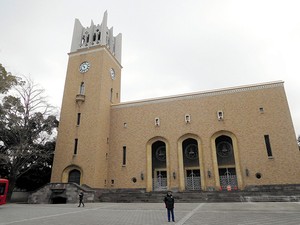





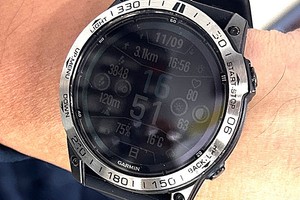

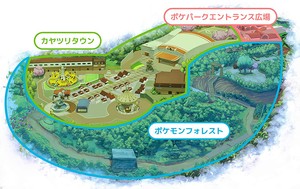


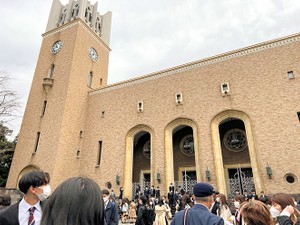




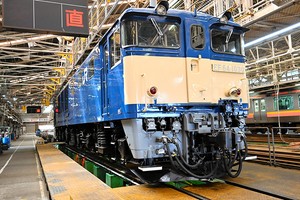
A peek through the music industry’s curtain at the producers who harnessed social media to help their idols go global.
A series based on diplomatic documents declassified by Japan’s Foreign Ministry
Here is a collection of first-hand accounts by “hibakusha” atomic bomb survivors.
Cooking experts, chefs and others involved in the field of food introduce their special recipes intertwined with their paths in life.
A series about Japanese-Americans and their memories of World War II